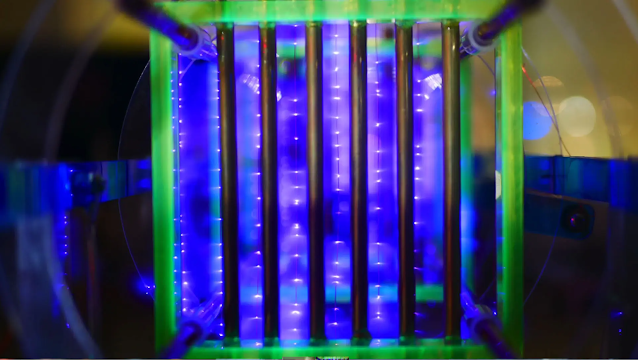There aren't many ionic thrusters around these days. The high-voltage devices are fascinating pieces of technology, but they aren't really applicable to our everyday life. However, as Jay Bowles, the YouTuber behind the Plasma Channel, demonstrates what they can achieve, they are progressively becoming more common. He recently created an ionic thruster that not only looks cool in the dark, but actually generates a decent amount of thrust.
When it comes to creating a large amount of thrust, ionic thrusters are not on par with ducted fans or jet engines. They do, however, have a few advantages, as demonstrated by Bowles. The first is their simplicity. Bowles' ionic thruster is really just a collection of wires held together by a frame. This is combined with certain electronics required to enable the extremely high voltages required to run the gadget. This simplicity makes them more reliable than anything like an electric motor driving a propeller.
Despite their cool appearance in the dark, the downside of these devices is that their thrust-to-weight ratio is quite low. That's OK for a satellite floating in space—the most popular application for ionic thrusters—but not so much for an aircraft susceptible to wind resistance and gravity. Despite the fact that Bowles' gadget weighs roughly 490 grammes, it provides only 22 grammes of force. That doesn't even take into account the large power supply.
Because his prototype setup is comprised of thick chunks of acrylic, he insists it can be made lighter. Even if the weight could be cut in half, as he claims, the efficiency would be poor. This technology would require a drone with a thrust-to-weight ratio greater than 1:1.
However, 22 grammes of thrust is still promising. Ionic thrusters' simplicity makes them appealing enough to warrant some development for use in small-scale aircraft. MIT created a working model plane driven by ionic thrust in 2018. It could only fly indoors and very slowly, but the appeal of an aircraft with no moving parts is enormous. If talented hobbyists like Bowles can obtain respectable outcomes from the technology, there's no doubt that researchers are making even more progress. Plus, who doesn't appreciate cool-looking engines? Please sign me up.
Reference(s): Yt/PlasmaChannel
















No comments